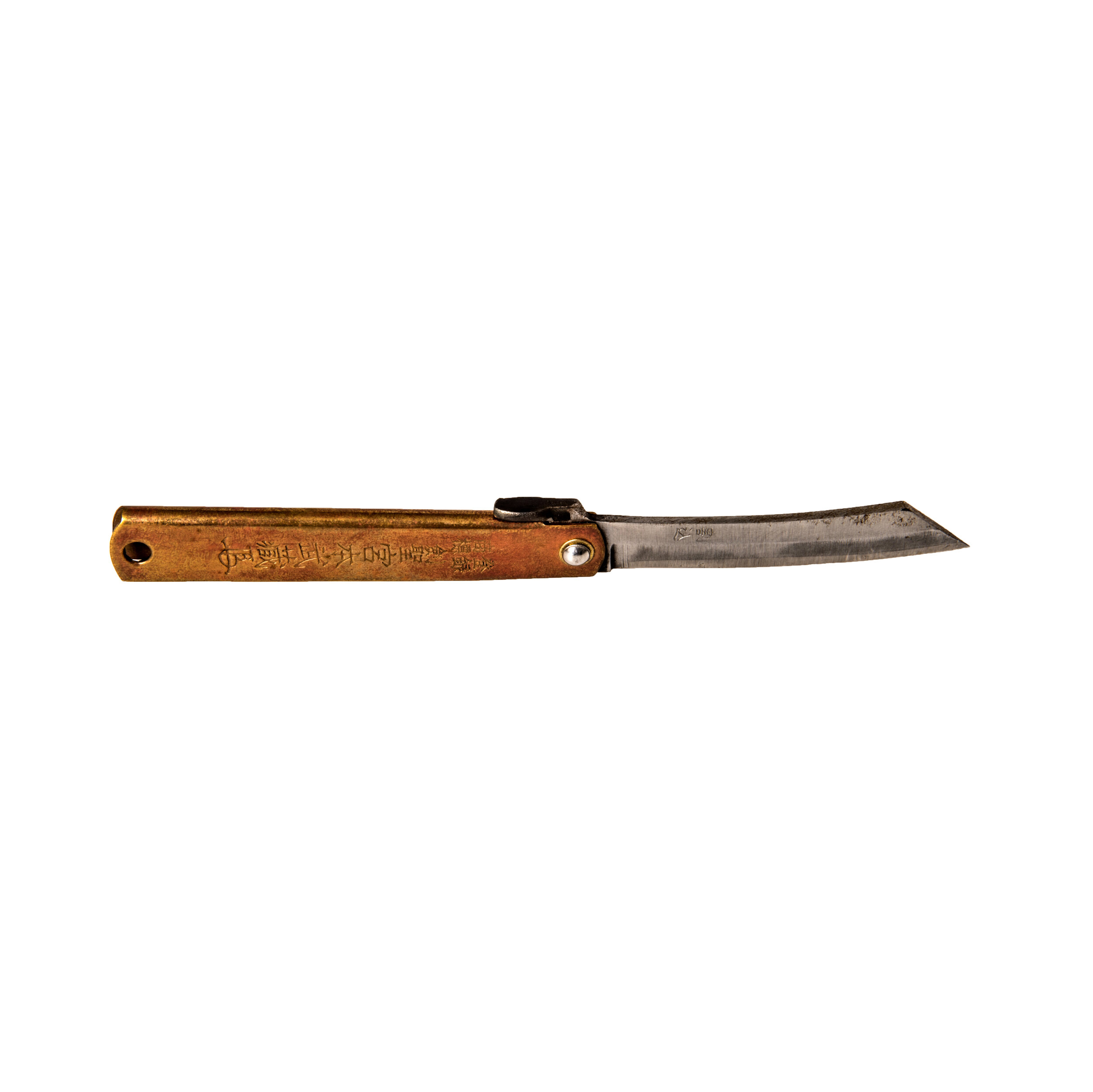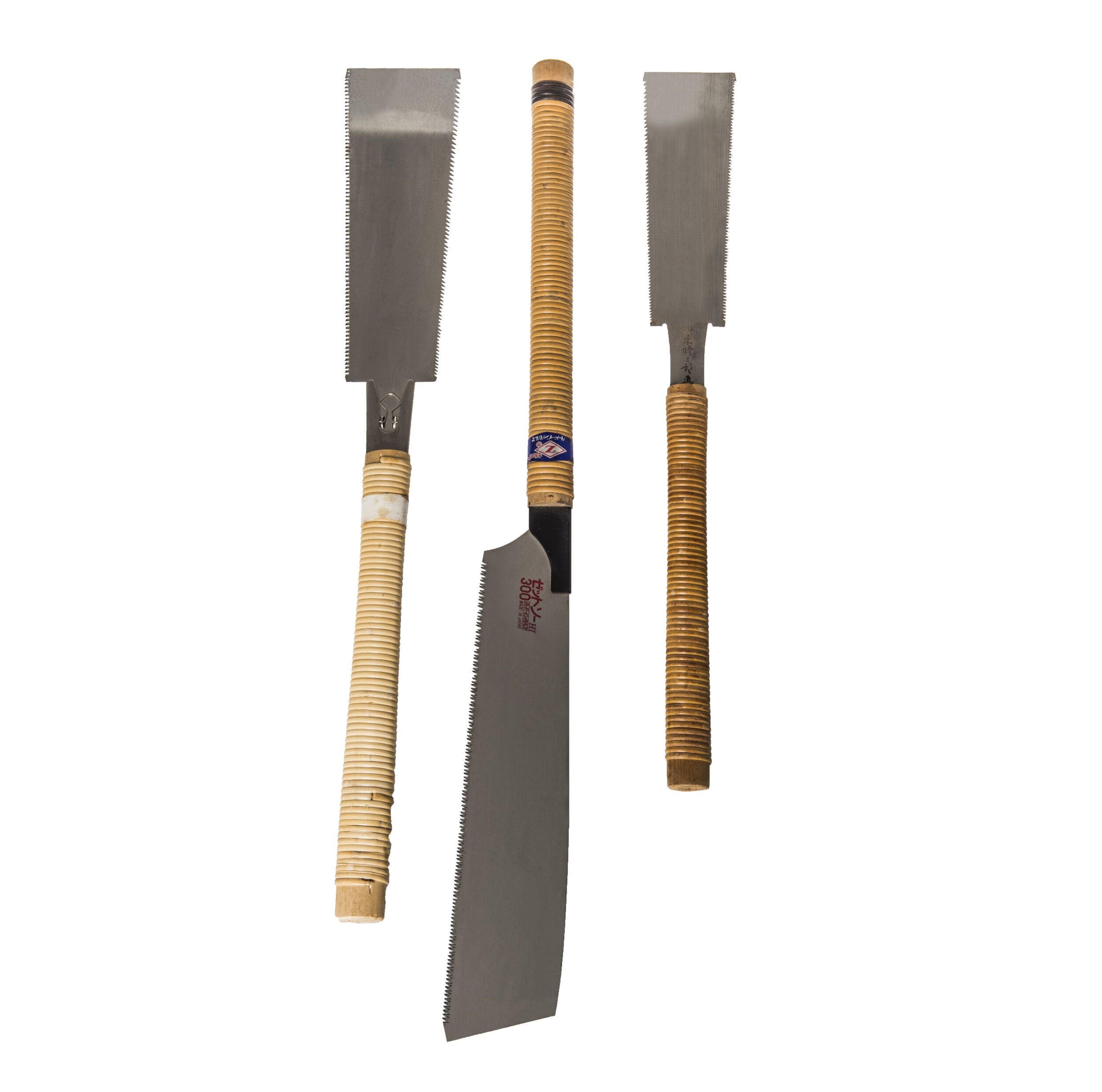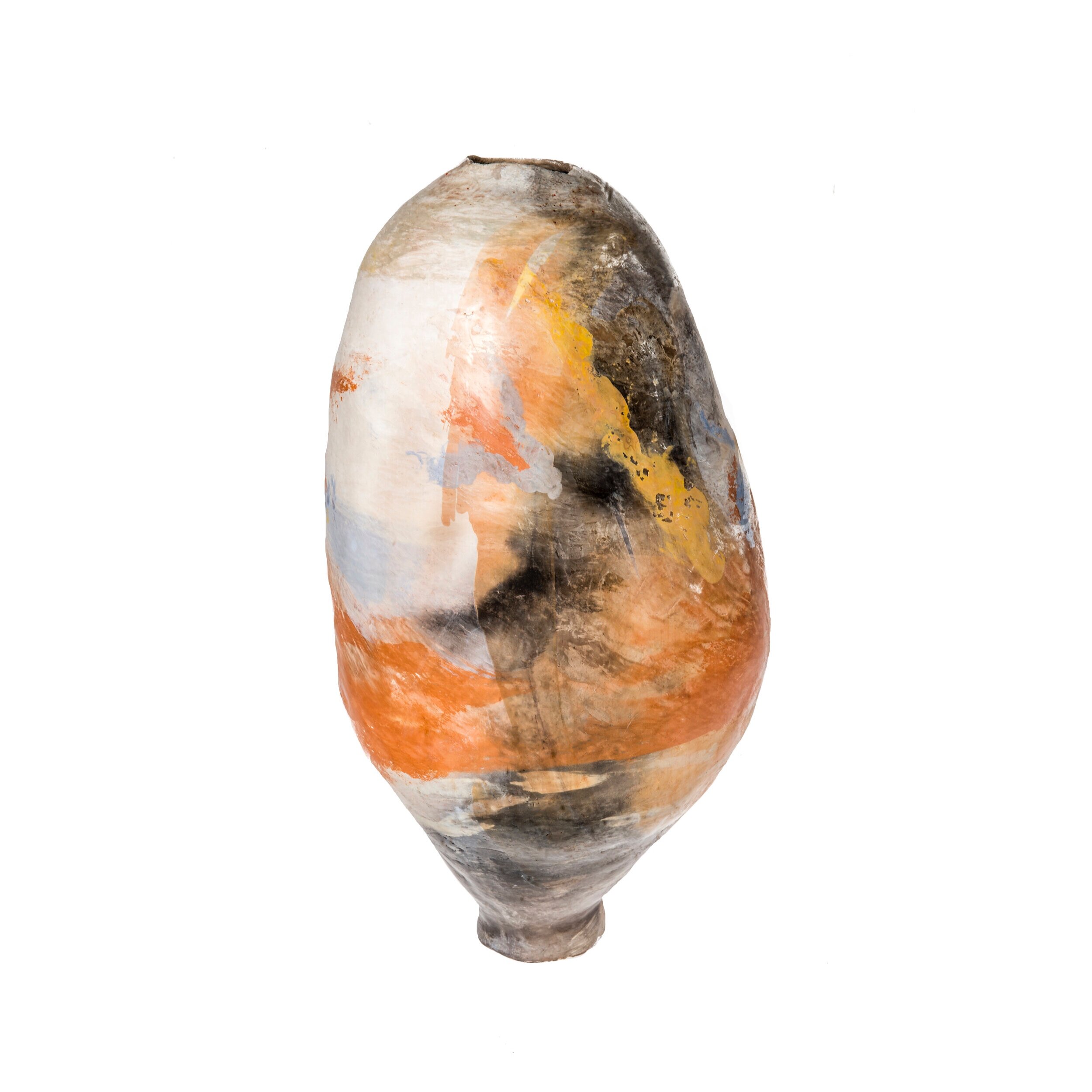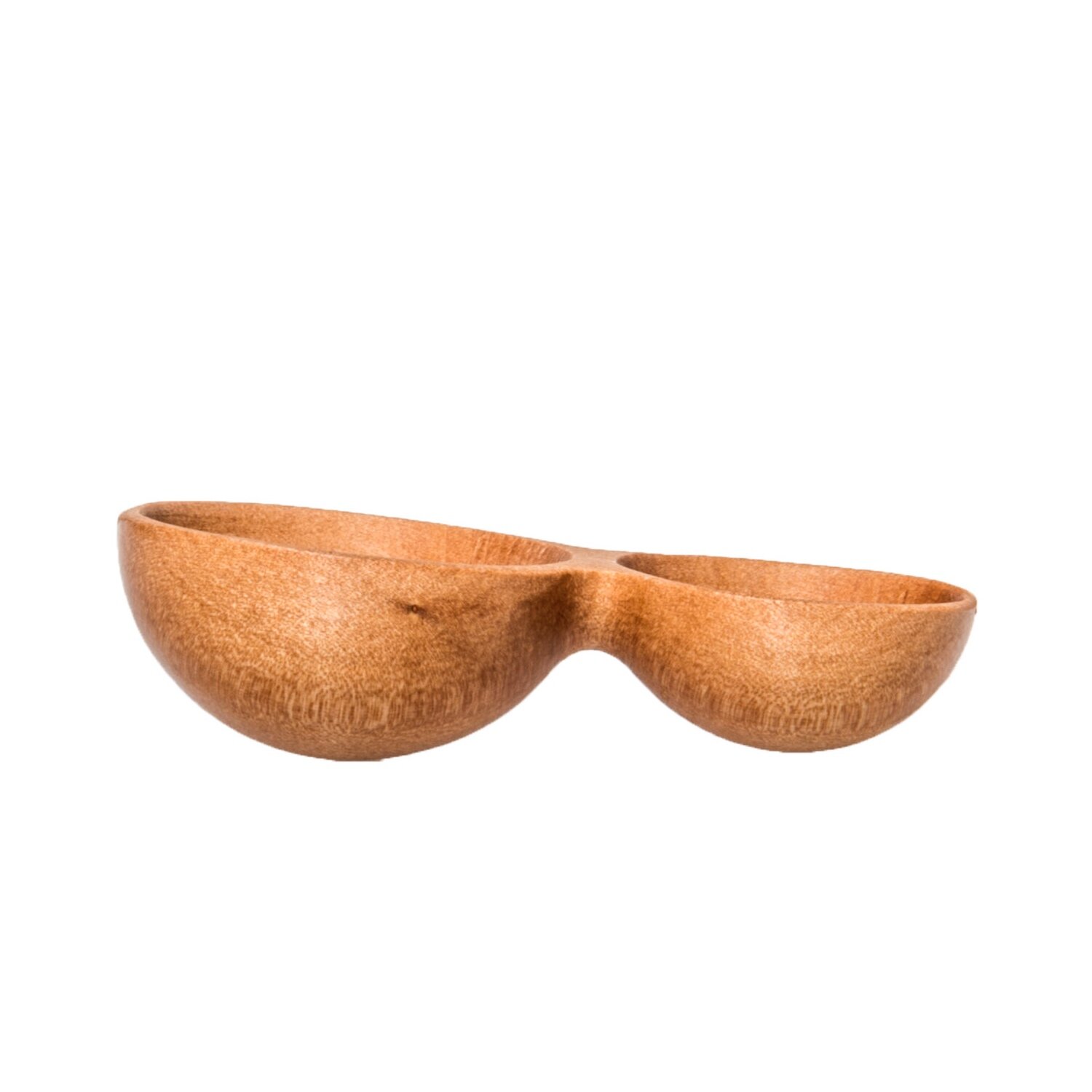Approach
It begins with form. My approach to a design is deeply personal and springs from a fascination with art, crafts and beautiful shapes. I love it when everyday objects are functional and sculptural and offer good experiences, creativity and a quality feel.
Form follows function, is the modernist dogma, and I am a great admirer of the modernist idiom. However, my own design process almost always begins with a beautiful form, a material or an aesthetic expression. Details are crucial, and sometimes, a specific detail give rise to form and function.
Cocoons of silkworms for peeling.
Kobber and lacquer tumblers, old Japanese forging technique.
WASARA Paper Bowl COMPOTE.
As a trained goldsmith, I have an affinity for the small scale, details and craftsmanship. When I travel, I typically study and photograph craft processes and objects, including textiles, ceramics and metal objects. I find inspiration in Japan in particular – not for making similar products but for a particular way to look at and analyse objects. I surround myself with objects I find beautiful, including tools, fishing tackle, bicycle parts, tin soldiers, lace bobbins and tiny drop-shaped porcelain vessels for bird cages. I collect forms, scan them mentally and add them to the universe of form that my designs spring from. A specific detail on a car, a pebble on the beach or the perfumebottles I have been collecting since I was a child. Currently, I am working on a series of lamps inspired by 1950s milk cans.
Japanese Higonokami folding knife in brass and stainless steel.
Velasca Carafe by R+D.LAB.
Japanese Kokeshi Doll by Kaihei Katase.
Chinese bookcase in rosewood for small bonsai. Depth 9cm.
Copy of a vase from ancient Greece.
Japanese Dozuki saws.
Japanese Bowl made with Kintsukoroi and raku technics.
Raku Vase by Iris Kadishman Isreal.
Espresso machine by KAMIRA Italy.
Ergonomics is also an aspect of form, but not necessarily ergonomics in a traditional sense. For example, I love kitchen utensils, but it is not enough that they are pleasant to hold. The Japanese knives I have in my kitchen are not ergonomically correct in a typical sense; they are ergonomically correct in the sense that a detail, a material or a beautiful form makes me conscious of what I am doing in the moment. That feeling is one that I seek to translate into design.
I love everyday objects and strive to give things a clear and natural form, so that the user says ‘of course!’ rather than asking ‘what’s that?’. I find beauty in old, iconic, simple forms. A product should not have design written all over it but should follow a natural historical development – reaching back to a time when the sole focus was on making good utilitarian objects. Everyday tasks– chopping, cutting, cooking, stirring, electronics – hold a great design potential. But our everyday life should not be so overly designed that it makes you go, ‘wow, what a stylish design!’. Instead, design should blend into our everyday life to produce a subtle sense that you are handling quality design, created with attention to detail.
Wooden spice container, Japanese style.
Traditionel handcrafted Japanese floats for fishing.
Tintin moon rocket 10 cm.
Antique Chinese bird feeders in porcelain.
Knobkierie Zulu cane in ebony.
Dried gourd, Japan.
Bobbin lace sticks, chop sticks, Japanese wooden ear cleaners.
Sepak Takraw ball for foot volley.
Screwdrivers.





















